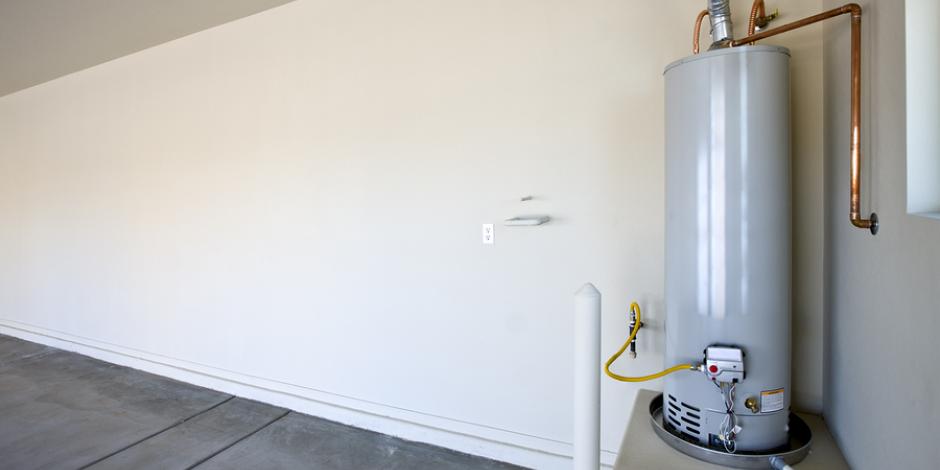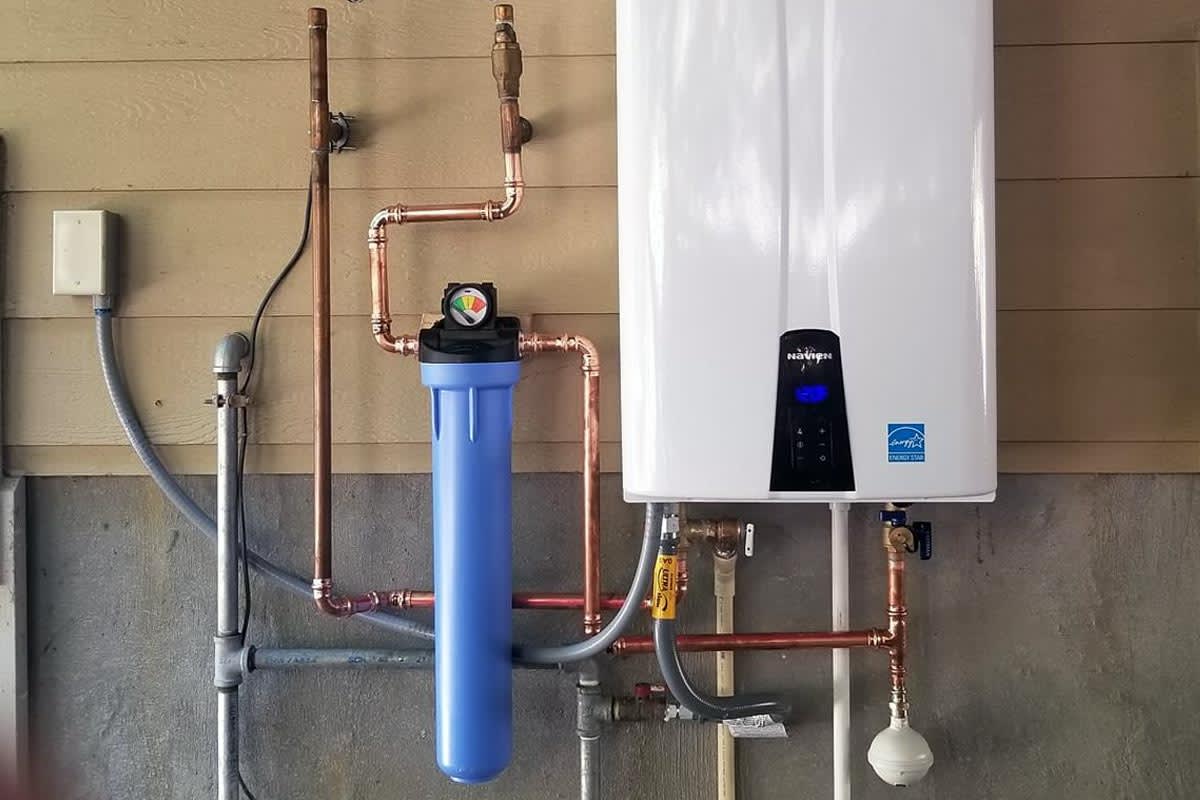Key Advice on Caring for Your Home's Hot Water SystemHow to Prolong the Lifespan of Your Home's Hot Water System By Maintenance
Key Advice on Caring for Your Home's Hot Water SystemHow to Prolong the Lifespan of Your Home's Hot Water System By Maintenance
Blog Article
What're your opinions regarding Water Heater Maintenance Tips You Can't Afford to Forget?

Hot water is vital for everyday comfort, whether it's for a refreshing shower or washing recipes. To ensure your hot water system runs successfully and lasts much longer, routine maintenance is essential. This article provides sensible ideas and understandings on exactly how to maintain your home's warm water system to stay clear of interruptions and expensive repairs.
Intro
Keeping your home's hot water system could appear complicated, however with a few straightforward steps, you can guarantee it runs smoothly for several years to find. This guide covers everything from comprehending your hot water system to do it yourself upkeep pointers and understanding when to hire professional aid.
Significance of Maintaining Your Warm Water System
Routine upkeep not only expands the life expectancy of your hot water system yet likewise guarantees it runs efficiently. Disregarding maintenance can cause decreased performance, higher power expenses, and even early failure of the system.
Signs Your Warm Water System Needs Upkeep
Knowing when your hot water system requires interest can protect against significant issues. Watch out for indicators such as inconsistent water temperature level, unusual sounds from the heater, or corroded water.
Flushing the Hot Water Heater
Purging your water heater gets rid of sediment build-up, improving performance and prolonging its life.
Monitoring and Replacing Anode Rods
Anode poles protect against deterioration inside the storage tank. Evaluating and replacing them when broken is crucial.
Complicated Problems Calling For Expert Aid
Examples include significant leaks, electrical troubles, or if your water heater is constantly underperforming.
Regular Professional Upkeep Advantages
Specialist maintenance can include detailed inspections, tune-ups, and making certain compliance with security criteria.
Inspecting and Adjusting Temperature Level Settings
Adjusting the temperature settings makes sure optimum efficiency and security.
DIY Tips for Upkeep
You can execute several maintenance tasks yourself to keep your hot water system in leading problem.
Looking for Leaks
Frequently check pipelines and links for leaks, as these can result in water damage and higher bills.
Comprehending Your Hot Water System
Prior to diving right into upkeep jobs, it's valuable to comprehend the standard parts of your warm water system. Typically, this consists of the hot water heater itself, pipelines, anode poles, and temperature controls.
Monthly Maintenance Tasks
Regular monthly checks can aid capture small concerns prior to they rise.
Checking Stress Alleviation Valves
Checking the pressure relief valve ensures it functions correctly and avoids excessive pressure buildup.
Protecting Pipes
Protecting hot water pipes reduces warm loss and can conserve energy.
When to Call an Expert
While DIY maintenance is advantageous, some issues require professional know-how.
Final thought
Regular upkeep of your home's hot water system is necessary for effectiveness, longevity, and price financial savings. By following these pointers and understanding when to seek specialist assistance, you can ensure a trusted supply of hot water without unexpected interruptions.
How to Maintain an Instant Hot Water Heater
Before tinkering with your hot water heater, make sure that it’s not powered on. You also have to turn off the main circuit breaker and shut off the main gas line to prevent accidents. Also turn off the water valves connected to your unit to prevent water from flowing into and out of the appliance. 2. When you’re done, you have to detach the purge valves’ caps. These look like the letter “T” and are situated on either side of the water valves. Doing so will release any pressure that has accumulated inside the valves while at the same time avoid hot water from shooting out and burning your skin. 3. When the purge valves’ caps are removed, you have to connect your hosing lines to the valves. Your unit should have come with three hoses but if it didn’t, you can purchase these things from any hardware or home repair shops. You can also get them from retail stores that sell water heating systems. Read the user’s manual and follow it to complete this task properly. When the hosing lines are connected, open the purge port’s valves. 4. You should never use harsh chemical cleaners or solutions when cleaning your unit. Make use of white vinegar instead. It should be undiluted and you’ll probably use about 2 gallons. 5. Now flush your water heater. This task should probably take about 40 minutes. We can’t give you specific directions for this because the procedure is carried out depending on the type, model and brand of your heater. With that being said, refer to the user’s manual. 6. When you’re done draining the unit, you have to turn off the purge port valves again. Remove the hosing lines that you earlier installed on each of the water valves. Put the valve caps (purge port) back in their respective places and be very careful so as not to damage the rubber discs that are found inside these caps. 7. Now that everything’s back in place, check your user’s manual again to find out how to reactivate your water heating system. 8. Once it is working, turn one of your hot water faucets on just to let air pass through the heater’s water supply pipes. Leave the tap on until water flows smoothly out of it. https://www.orrplumbing.com/blog/2014/september/how-to-maintain-an-instant-hot-water-heater/

As a reader about What Kind of Maintenance Do Water Heaters Need?, I thought sharing that information was beneficial. For those who liked our blog post kindly do not forget to share it. Thank you so much for your time invested reading it.
Schedule Your Service Report this page